Filter by
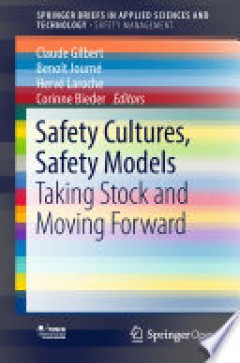
Safety Cultures, Safety Models : Taking Stock and Moving Forward
The objective of this book is to help at-risk organizations to decipher the “safety cloud”, and to position themselves in terms of operational decisions and improvement strategies in safety, considering the path already travelled, their context, objectives and constraints. What link can be established between safety culture and safety models in order to increase safety within companies carr…
- Edition
- -
- ISBN/ISSN
- 9783319951294
- Collation
- viii, 166 p
- Series Title
- SpringerBriefs in Applied Sciences and Technology,
- Call Number
- 363.11 GIL
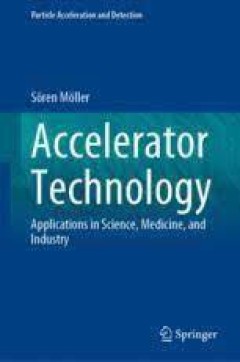
Safety for Particle Accelerators
The use of non-standard technologies such as superconductivity, cryogenics and radiofrequency pose challenges for the safe operation of accelerator facilities that cannot be addressed using only best practice from occupational safety in conventional industry. This book introduces readers to different occupational safety issues at accelerator facilities and is directed to managers, scientists, t…
- Edition
- -
- ISBN/ISSN
- 9783030570316
- Collation
- 148 p. :ill
- Series Title
- -
- Call Number
- 539.720289 THO s
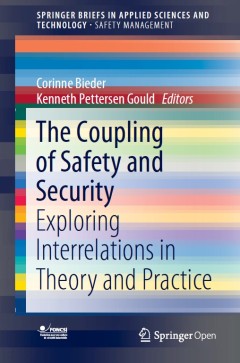
The coupling of safety and security : exploring interrelations in theory and …
This open access book explores the synergies and tensions between safety and security management from a variety of perspectives and by combining input from numerous disciplines. It defines the concepts of safety and security, and discusses the methodological, organizational and institutional implications that accompany approaching them as separate entities and combining them, respectively. T…
- Edition
- -
- ISBN/ISSN
- 9783030472290
- Collation
- viii, 113p. : ill.
- Series Title
- -
- Call Number
- 363.11 COU c
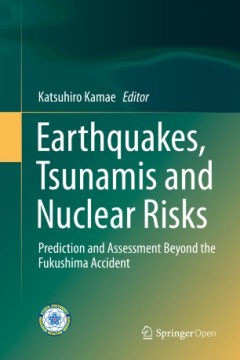
Earthquakes, tsunamis and nuclear risks : prediction and assessment beyond th…
This book covers seismic probabilistic risk assessment (S-PRA) and related studies which have become more important to increase the safety of nuclear facilities against earthquakes and tsunamis in the face of the many uncertainties after the Fukushima accident. The topics are (1) Active faults and active tectonics important for seismic hazard assessment of nuclear facilities,(2) Seismic source …
- Edition
- -
- ISBN/ISSN
- 9784431558224
- Collation
- xii, 177p. : ill.
- Series Title
- -
- Call Number
- 621.4835 EAR e

Safer healthcare : strategies for the real world
The authors of this book set out a system of safety strategies and interventions for managing patient safety on a day-to-day basis and improving safety over the long term. These strategies are applicable at all levels of the healthcare system from the frontline to the regulation and governance of the system. There have been many advances in patient safety, but we now need a new and broader v…
- Edition
- -
- ISBN/ISSN
- 9783319255590
- Collation
- xvii, 157p. : ill.
- Series Title
- -
- Call Number
- 362.110289 VIN s
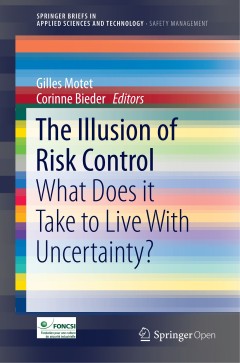
The illusion of risk control : what does it take to live with uncertainty?
This book explores the implications of acknowledging uncertainty and black swans for regulation of high-hazard technologies, for stakeholder acceptability of potentially hazardous activities and for risk governance. The conventional approach to risk assessment, which combines the likelihood of an event and the severity of its consequences, is poorly suited to situations where uncertainty and am…
- Edition
- -
- ISBN/ISSN
- 9783319329390
- Collation
- v, 112p. : ill.
- Series Title
- -
- Call Number
- 658.155 ILL i

Safety cultures, safety models : taking stock and moving forward
The objective of this book is to help at-risk organizations to decipher the “safety cloud”, and to position themselves in terms of operational decisions and improvement strategies in safety, considering the path already travelled, their context, objectives and constraints. What link can be established between safety culture and safety models in order to increase safety within companies carr…
- Edition
- -
- ISBN/ISSN
- 9783319951294
- Collation
- viii, 166p. : ill.
- Series Title
- -
- Call Number
- 363.11 SAF s
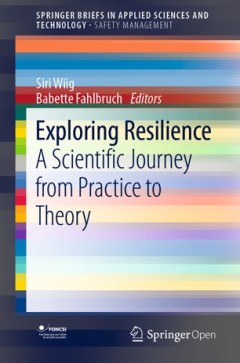
Exploring resilience : a scientific journey from practice to theory
Resilience has become an important topic on the safety research agenda and in organizational practice. Most empirical work on resilience has been descriptive, identifying characteristics of work and organizing activity which allow organizations to cope with unexpected situations. Fewer studies have developed testable models and theories that can be used to support interventions aiming to increa…
- Edition
- -
- ISBN/ISSN
- 9783030031893
- Collation
- vi, 128p. : ill.
- Series Title
- -
- Call Number
- 363.11 EXP e
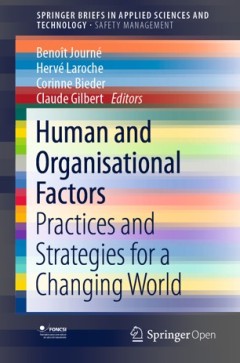
Human and organisational factors : practices and strategies for a changing world
This open access book addresses several questions regarding the implementation of human and organisational factors (HOF) so that recent improvements in industrial safety can be built upon. It addresses sources of frustration in senior management with high expectations of operational recommendations and disquiet on the part of HOF specialists struggling to have an impact on high-level decision m…
- Edition
- -
- ISBN/ISSN
- 9783030256395
- Collation
- viii, 138p. : ill.
- Series Title
- -
- Call Number
- 620.86 HUM h
 Computer Science, Information & General Works
Computer Science, Information & General Works  Philosophy & Psychology
Philosophy & Psychology  Religion
Religion  Social Sciences
Social Sciences  Language
Language  Pure Science
Pure Science  Applied Sciences
Applied Sciences  Art & Recreation
Art & Recreation  Literature
Literature  History & Geography
History & Geography